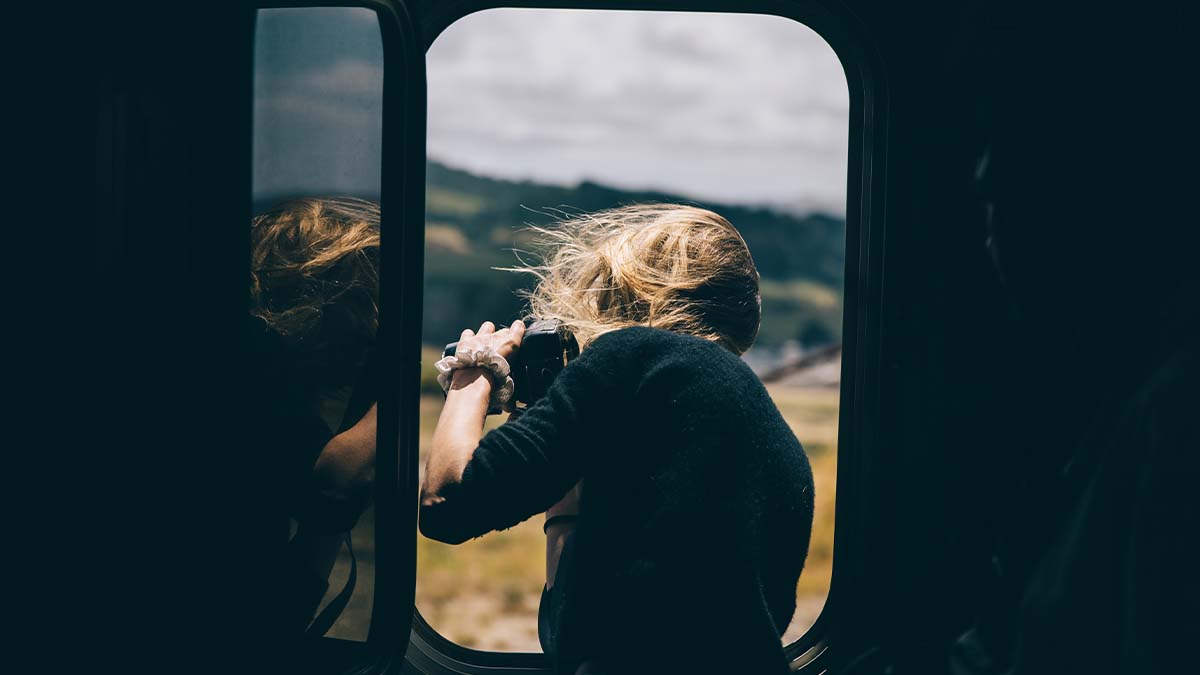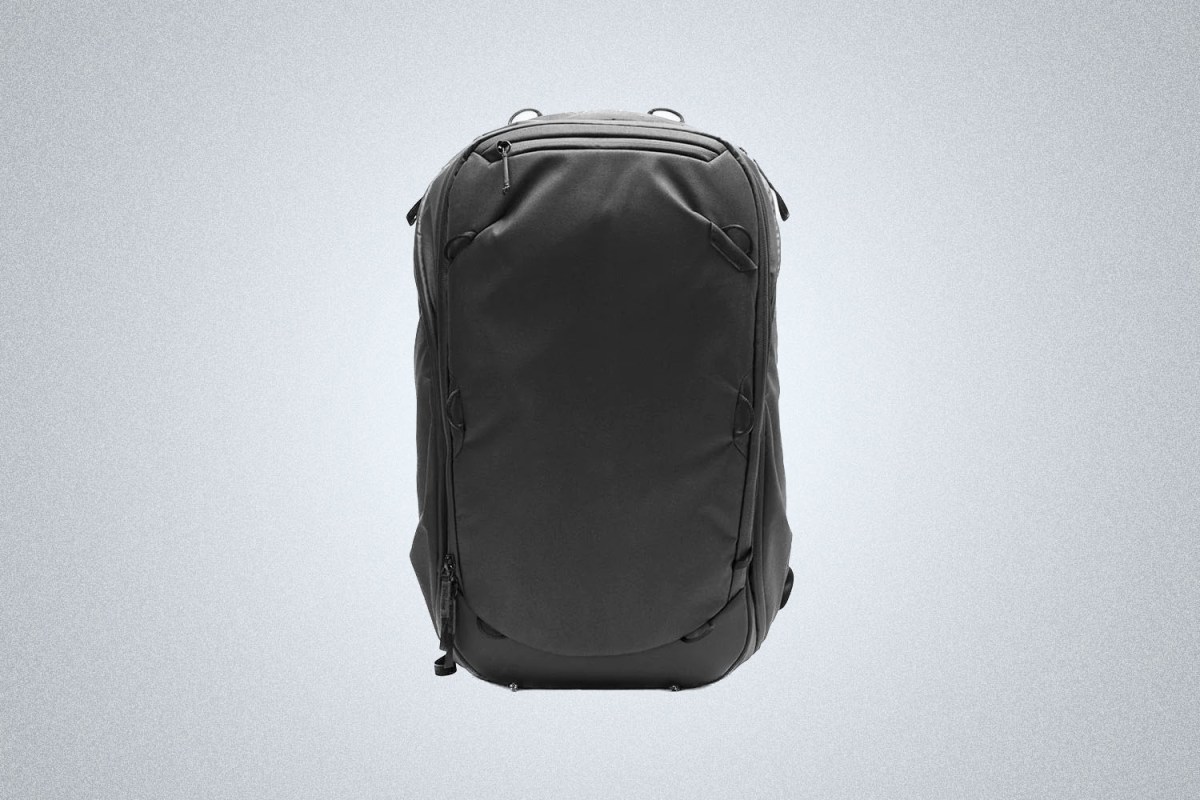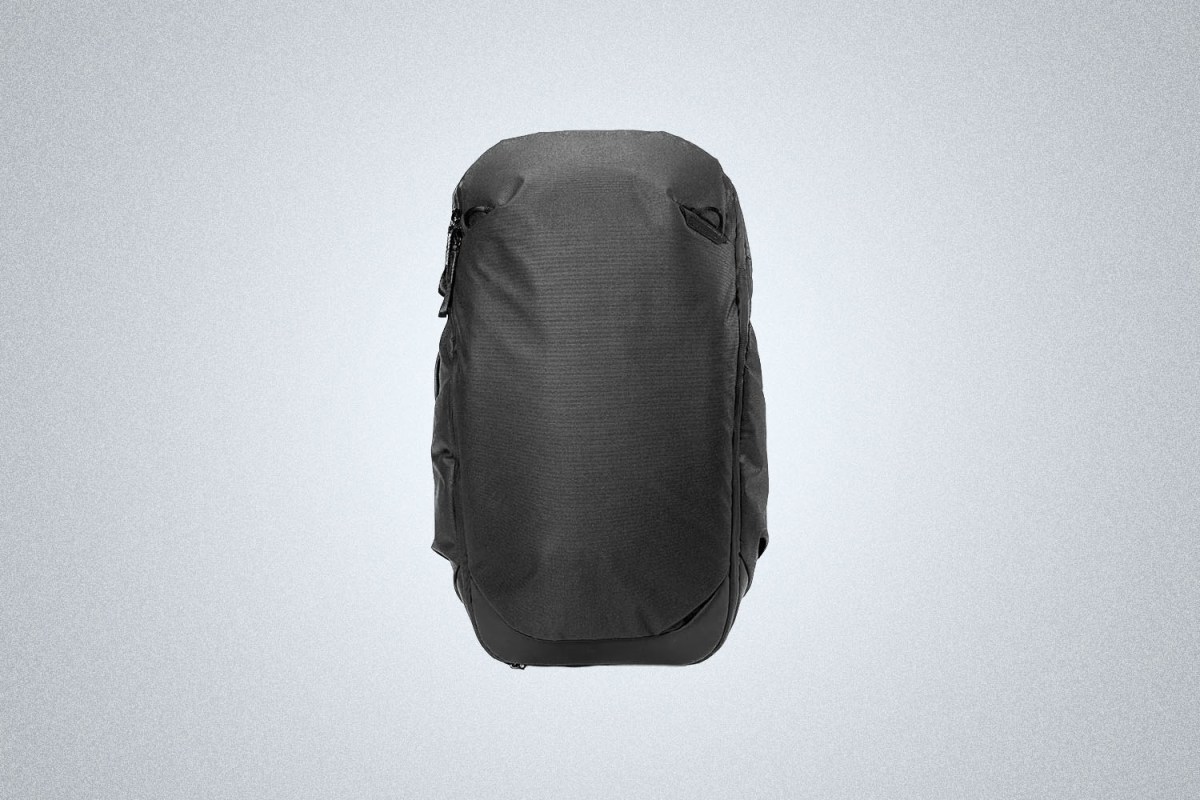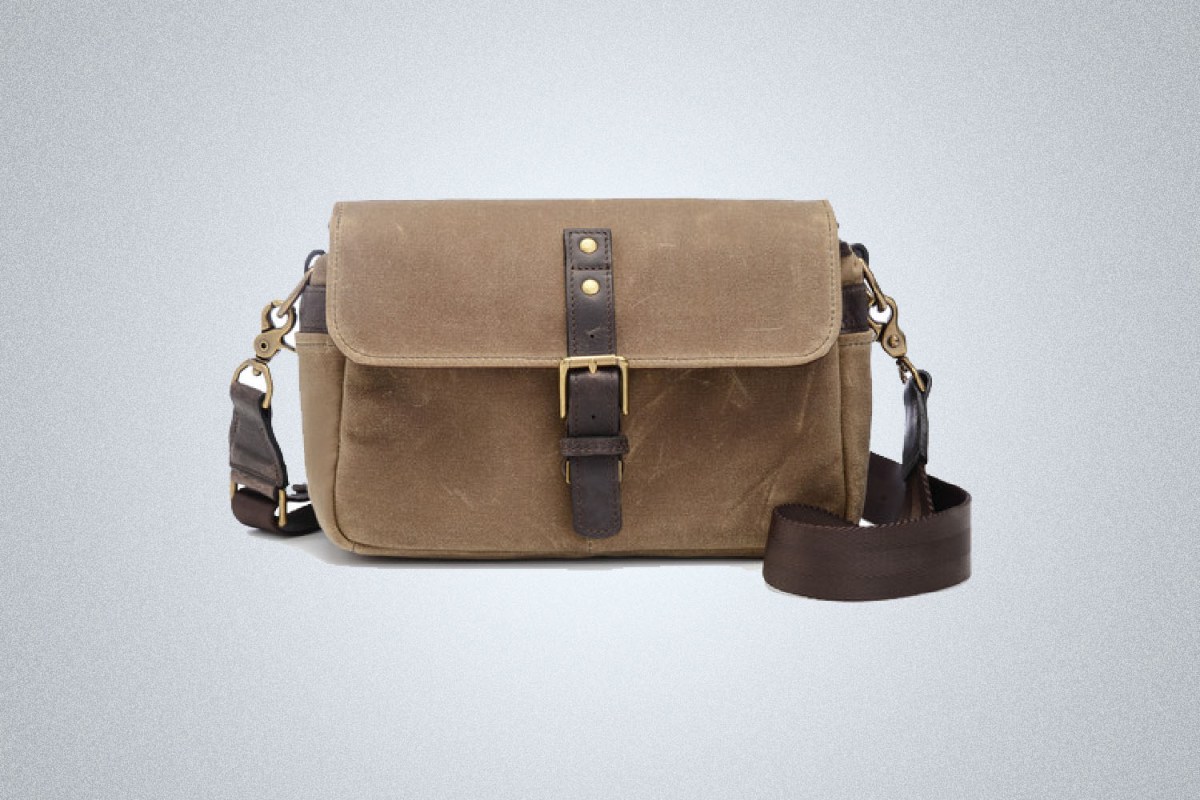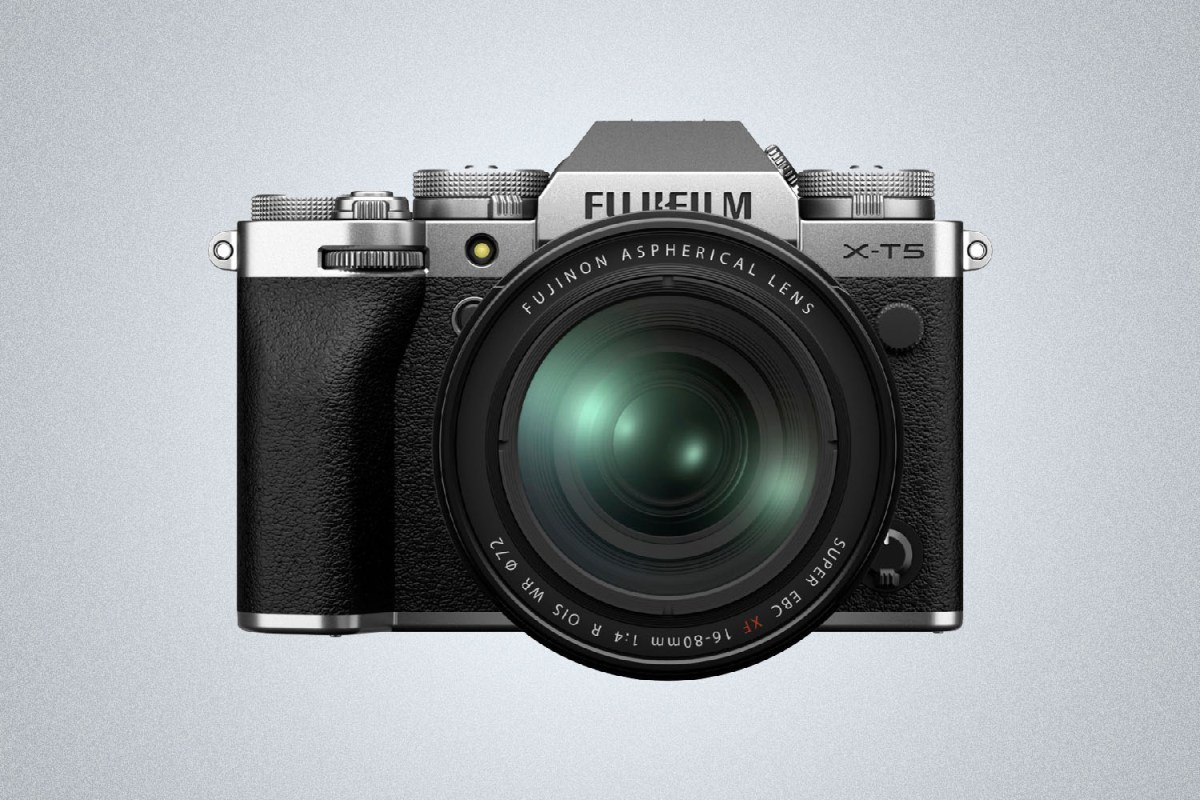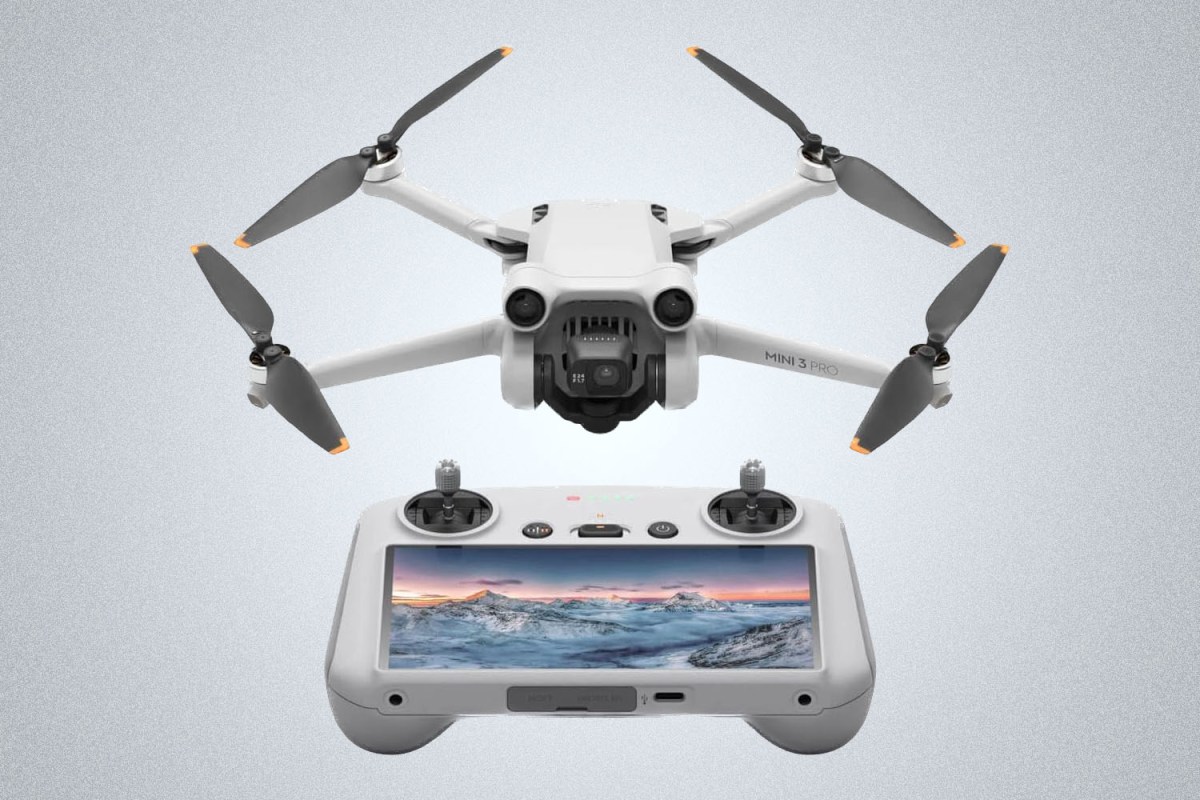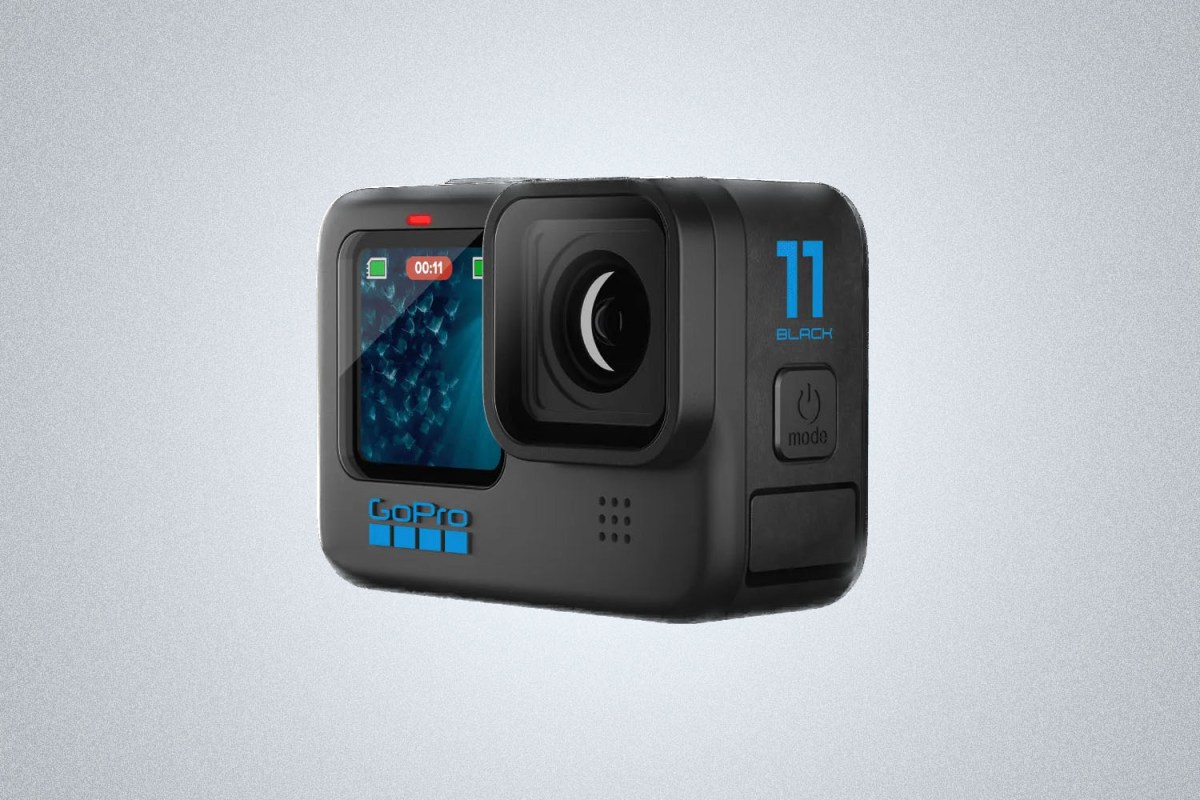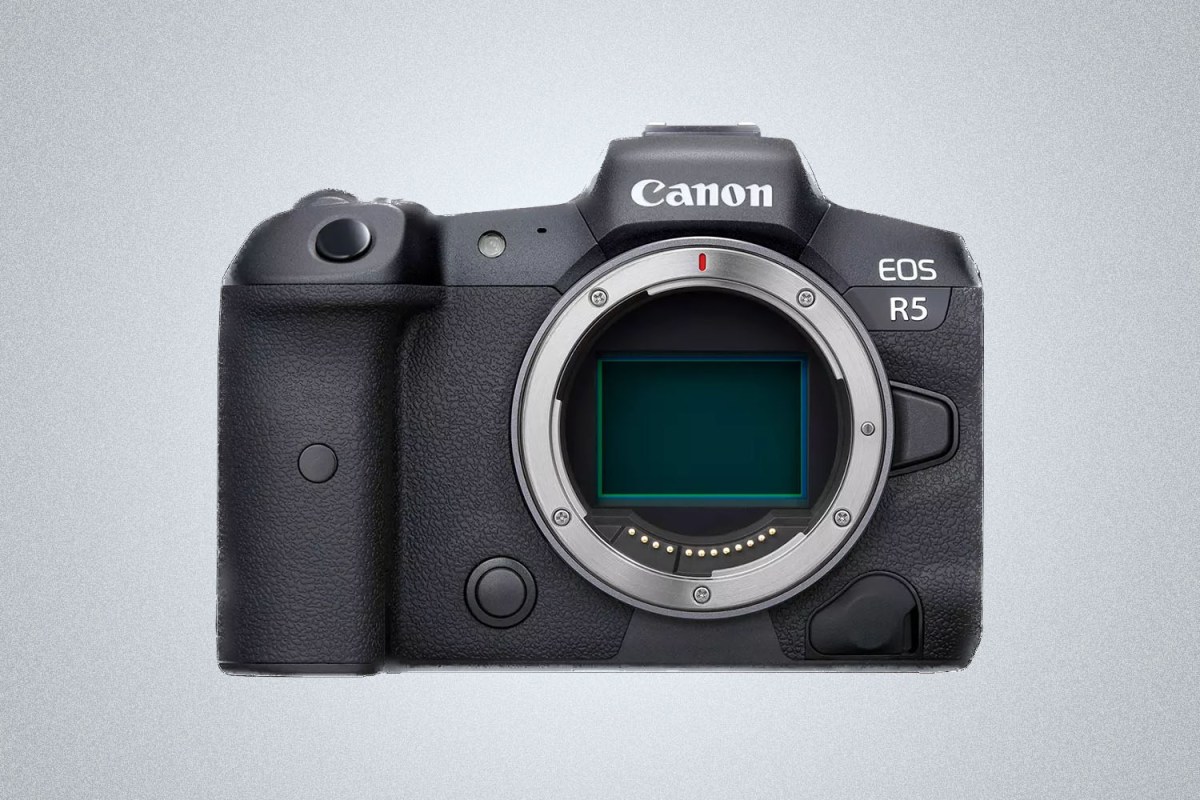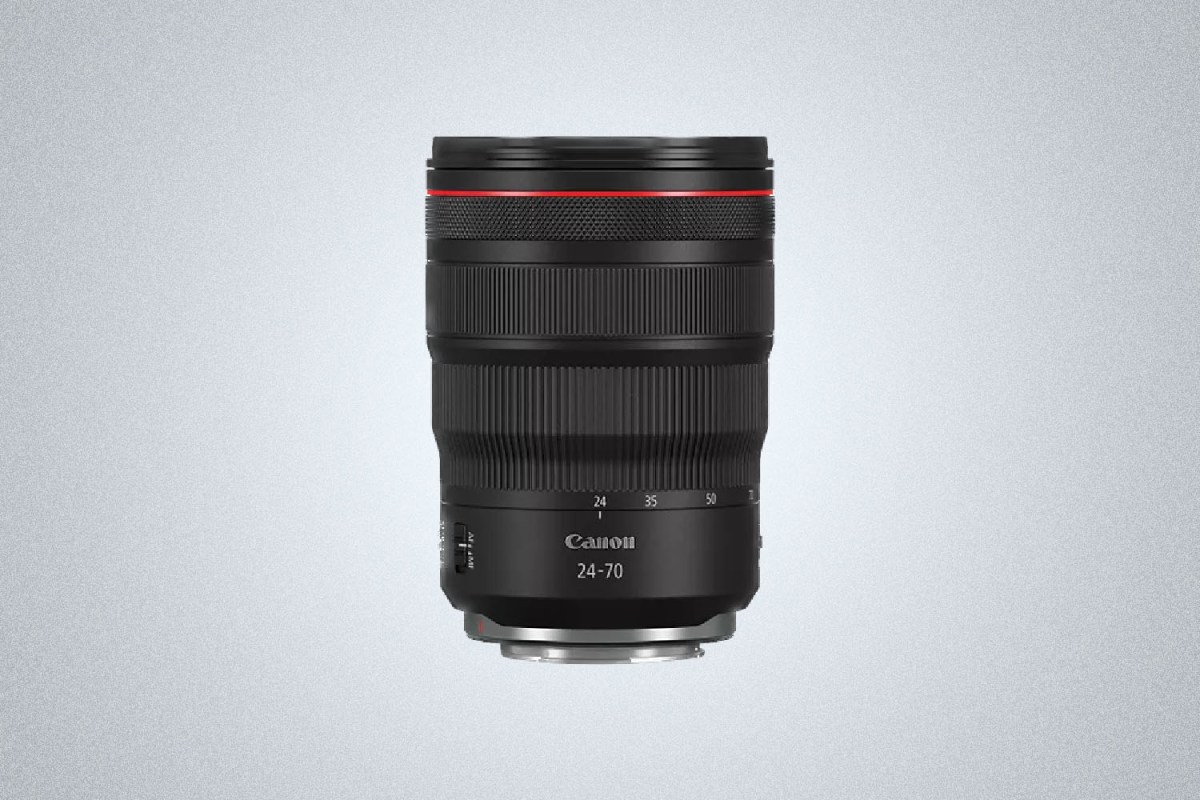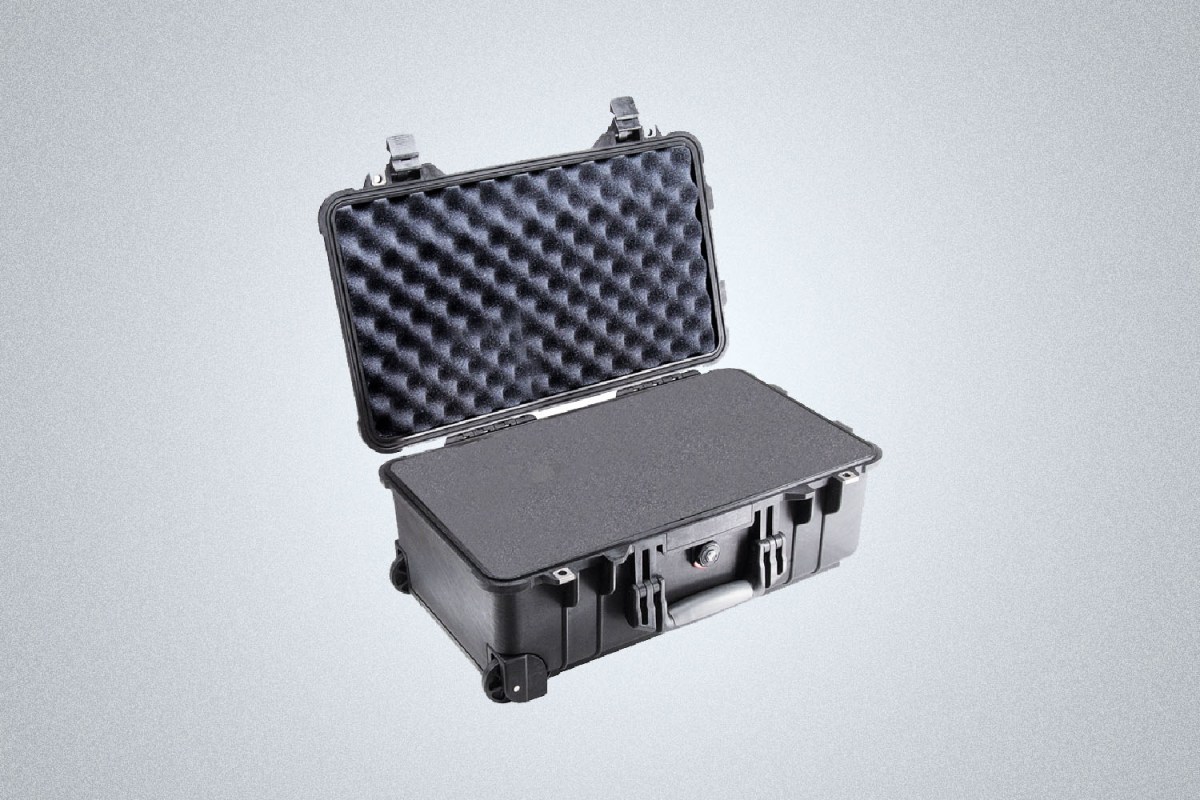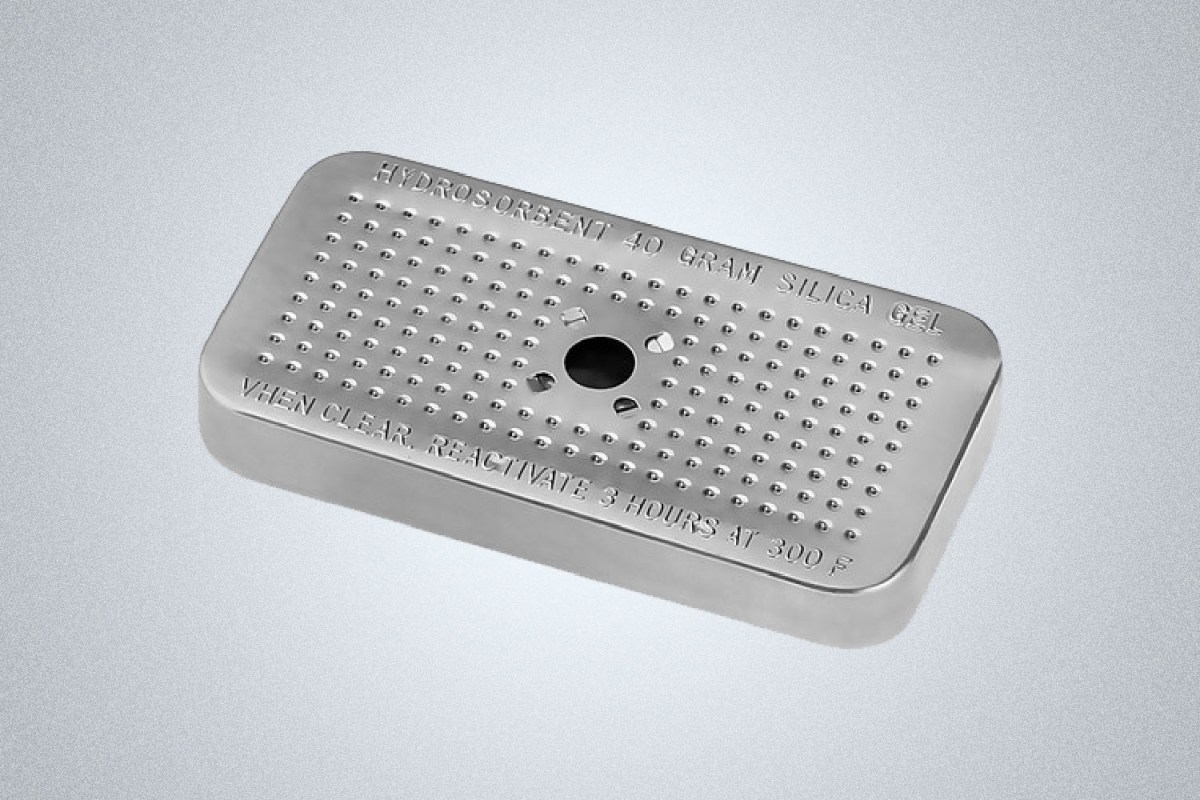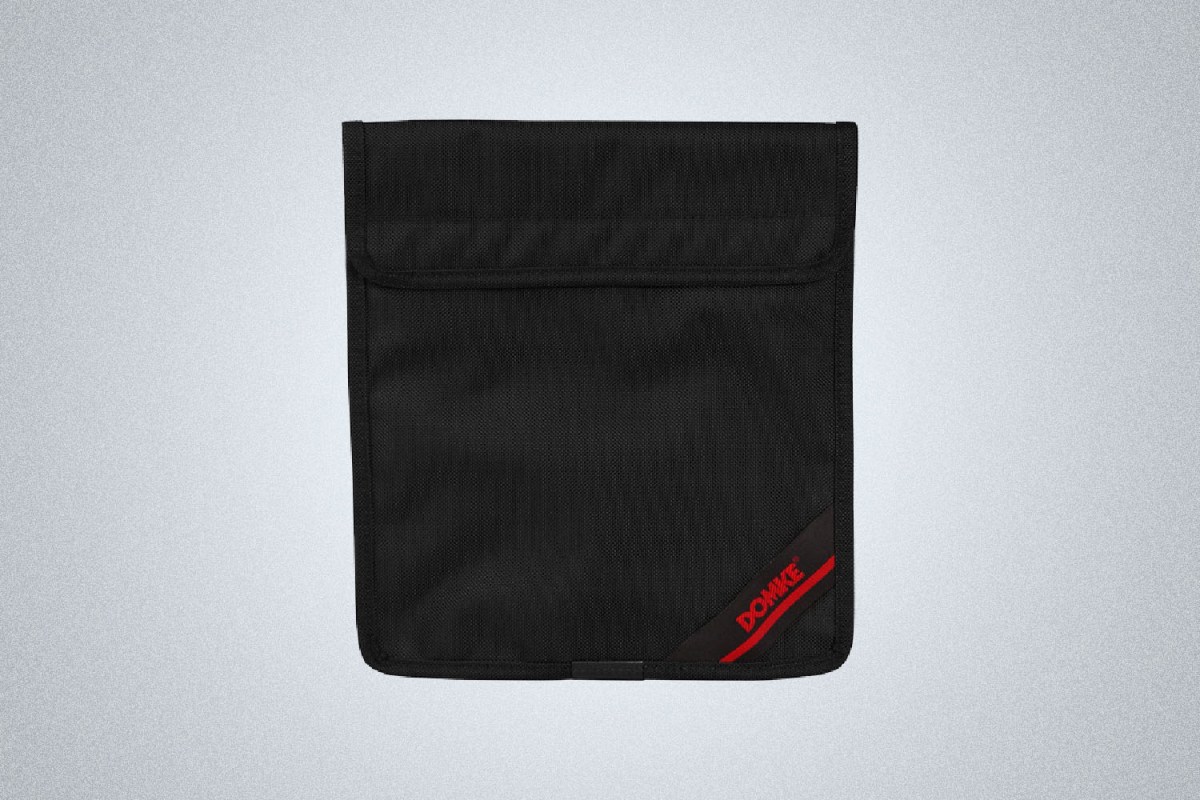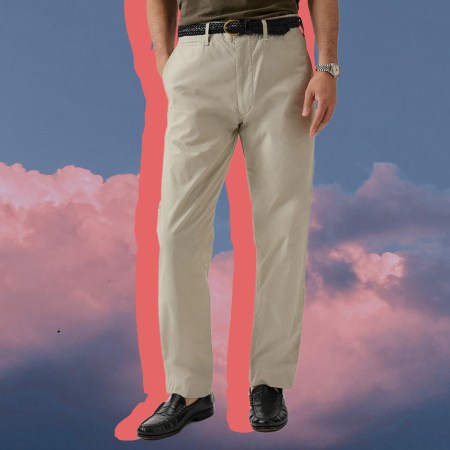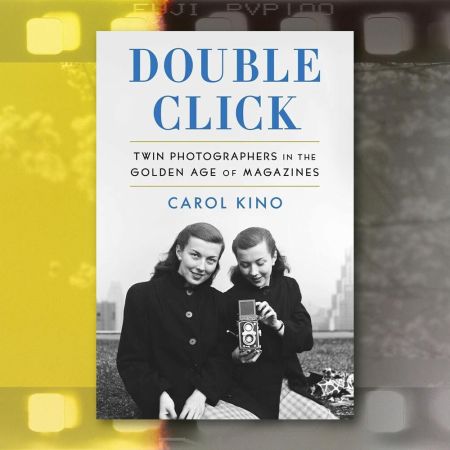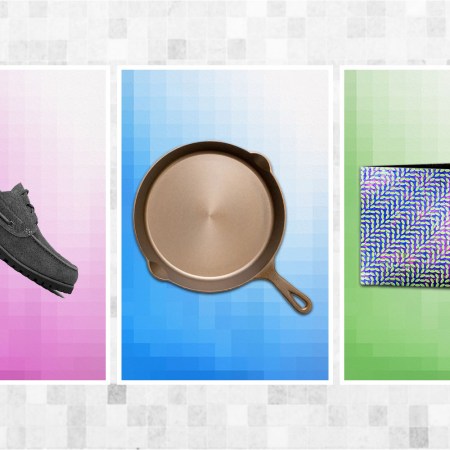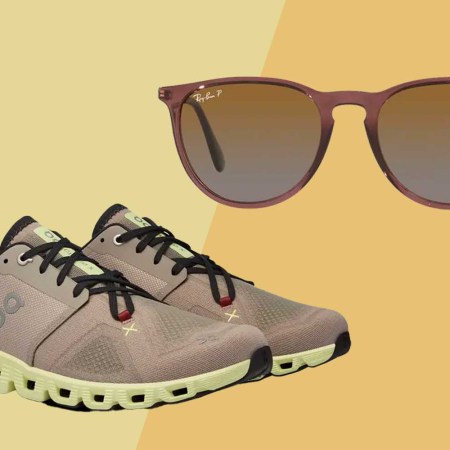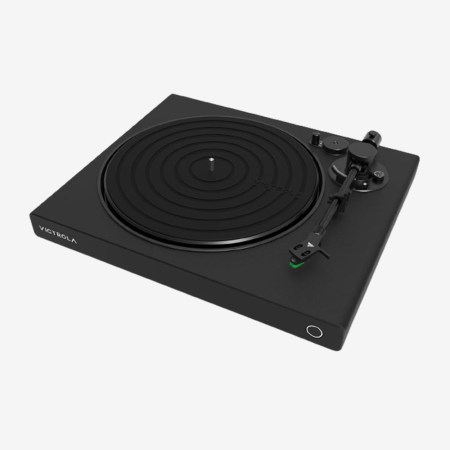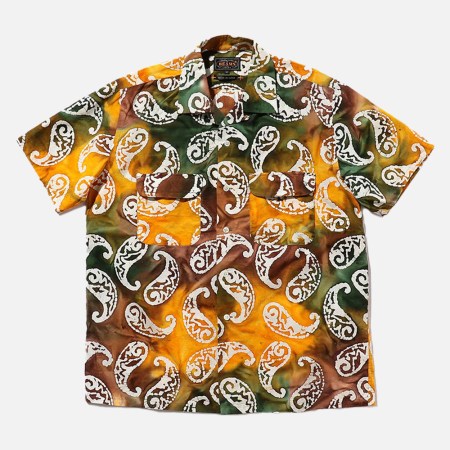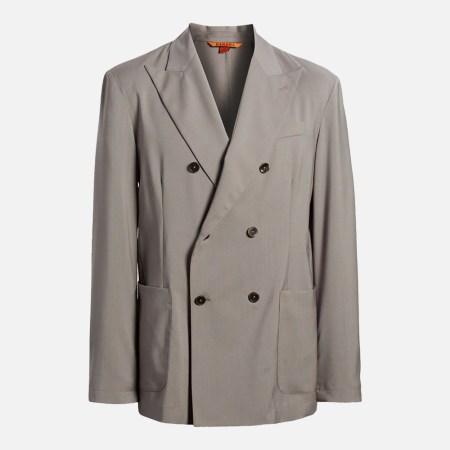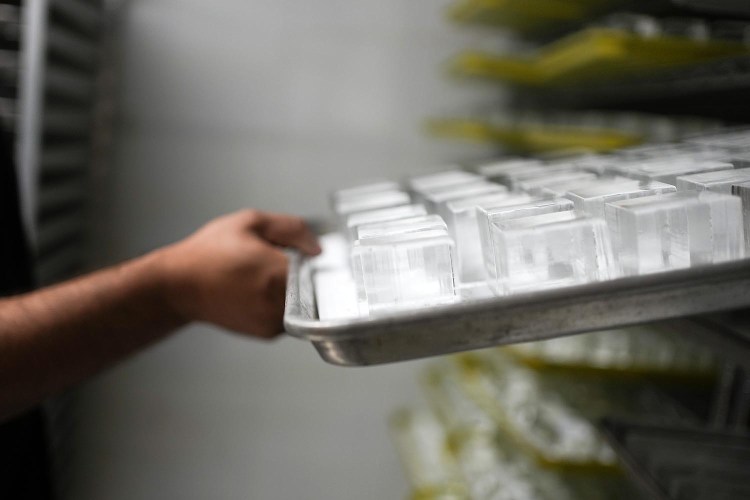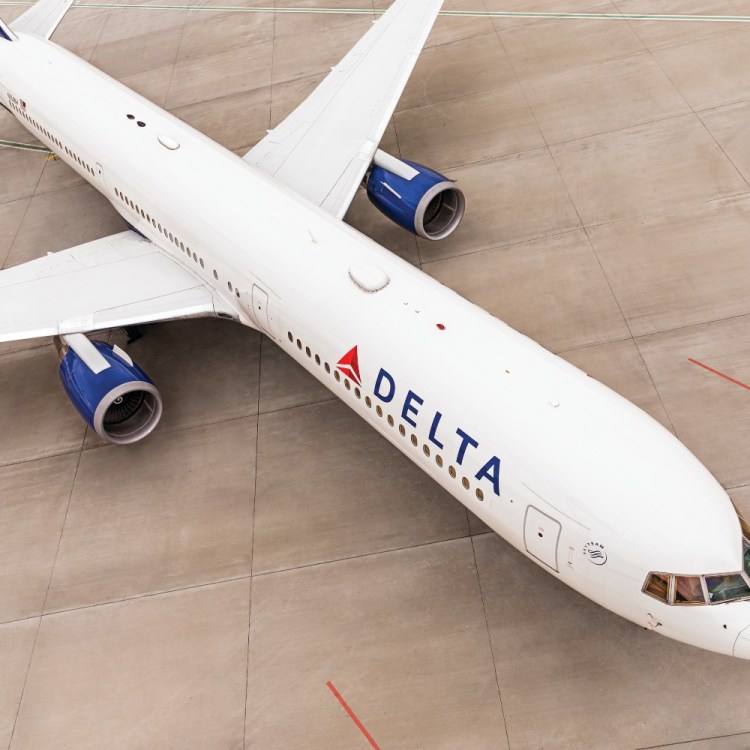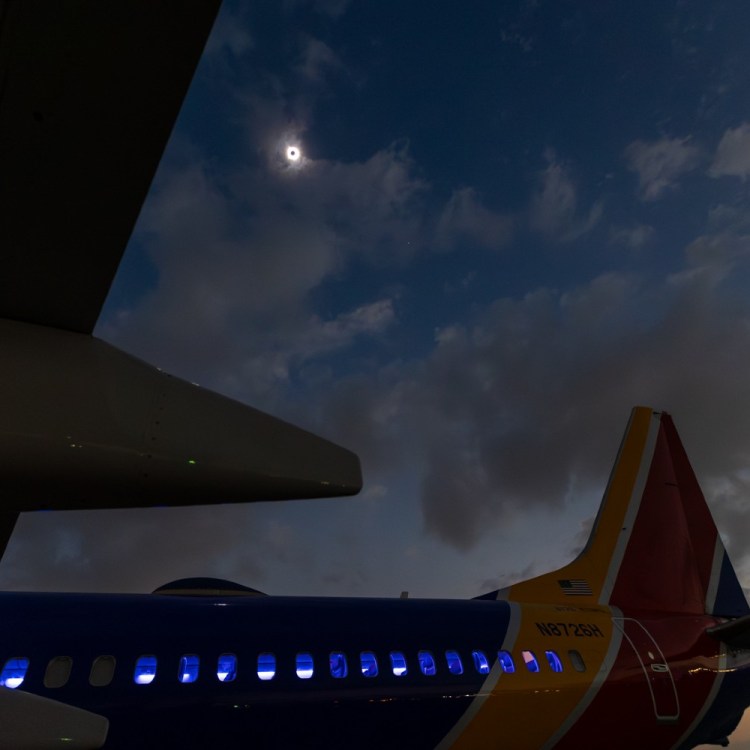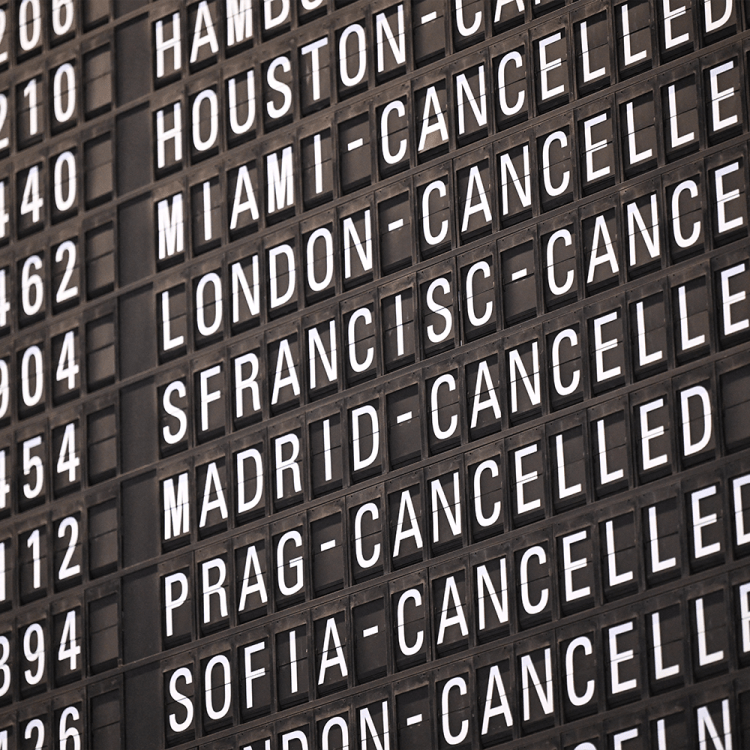On a flight to Denver last week, I did the unexpected: I actually talked with the person next to me. Sitting on the tarmac with an unknown delay, we riffed back and forth on bad reasons why the plane wasn’t taking off. The conversation segued to work and eventually life more broadly, even though I knew I would never see the guy again. One part of our chat still stands out.
After learning that I was a professional adventure photographer, he began peppering me with questions about what was in my travel bag. It quickly became clear that he knew his stuff, so I shared some of the most important lessons I’ve learned over the years, like how to not ruin expensive gear while shooting in the elements.
All of a sudden, the stranger across the aisle chimed in, asking a question about international travel with cameras — and just like that we opened Pandora’s box. Through many conversations similar to this one, I’ve come to realize there is a growing cohort of people interested in travel photography outside of iPhones. Amateurs looking for tips to travel light, shoot on the go and keep their photo gear safe. Hopefully this story can be a resource for anyone looking to level up their game.
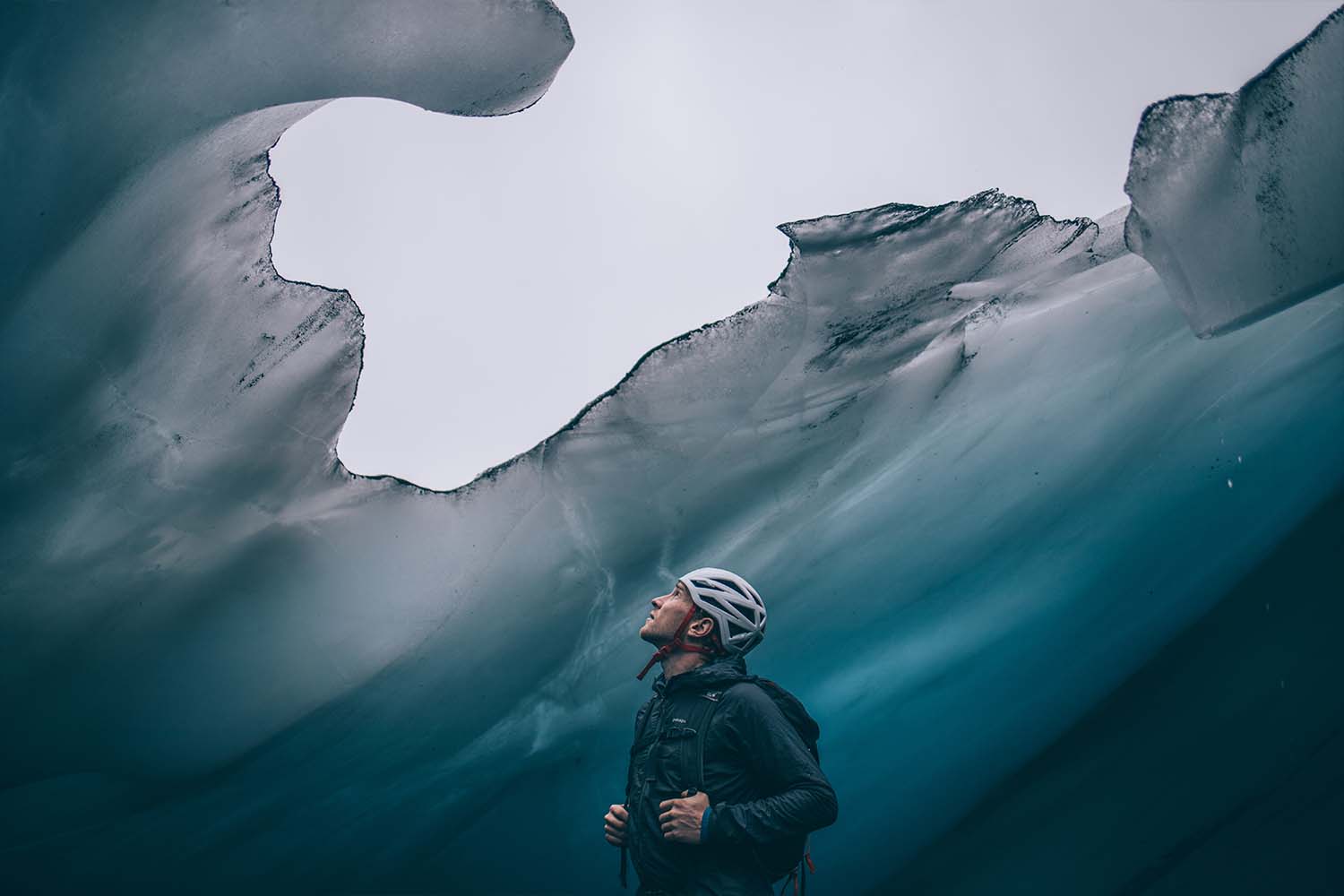
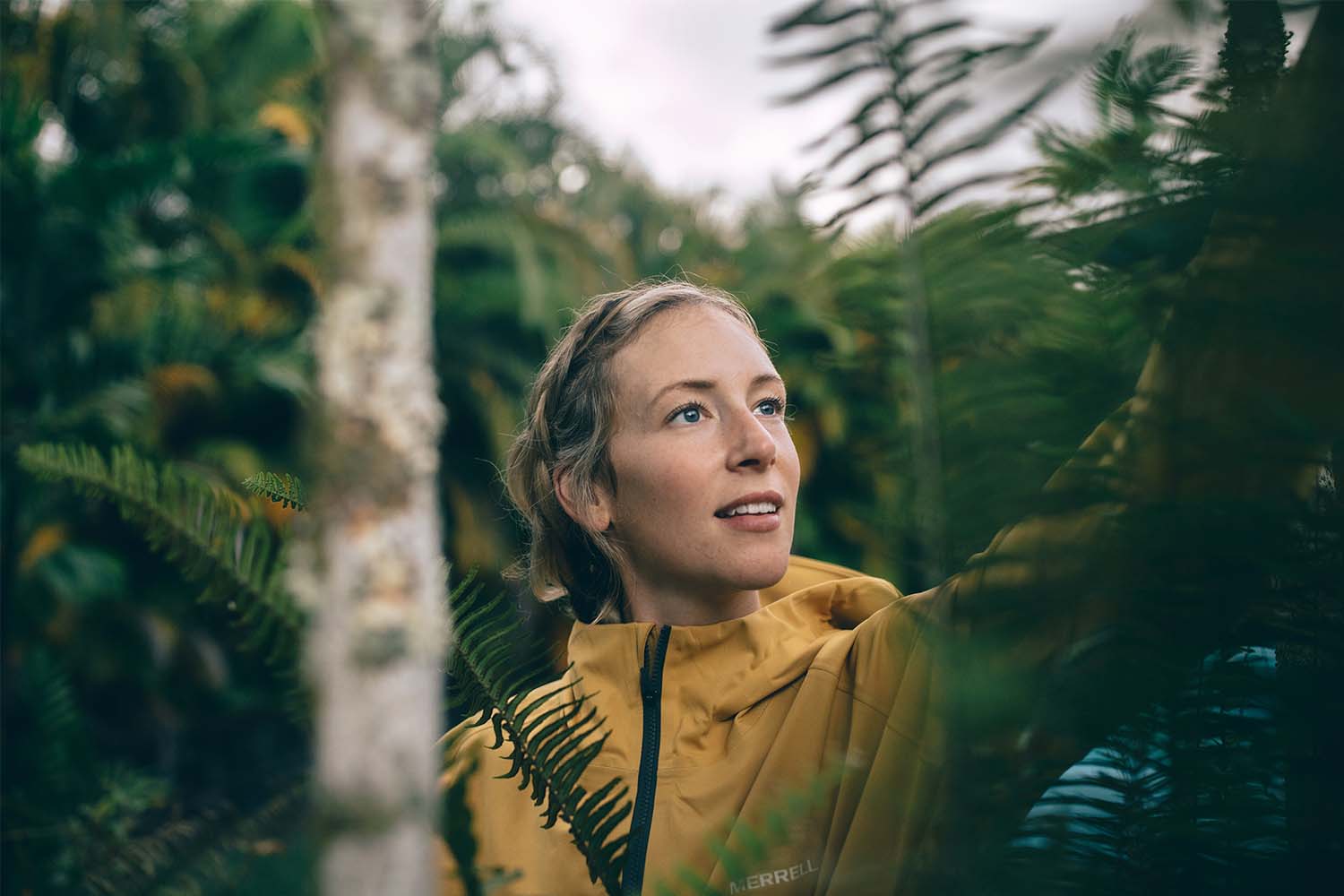
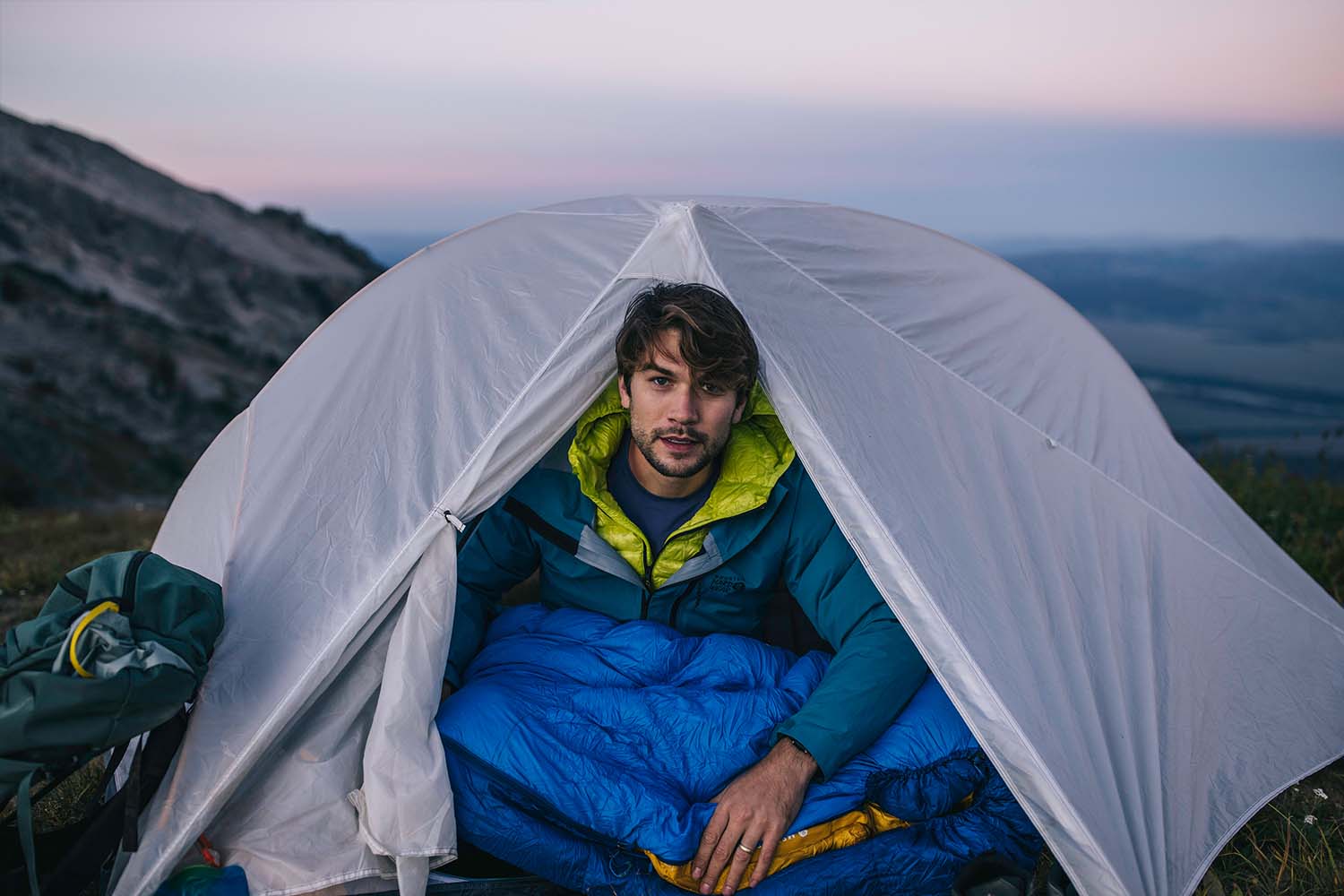
About The Panel
Instead of sharing just my personal (and biased) perspective, I figured it would be more useful to collect advice from some of the best and most experienced photographers I know. So, I reached out to three of my mentors, Johnie Gall, Adam Wells and Taylor Burk, who brought me into the photo world, helped me get my first jobs, grow my skills and hone my craft.
Adam Wells is a commercial lifestyle photographer and filmmaker based in San Francisco, California. He has shot projects around the world, from remote jungles in Japan to the open ocean of Alaska’s Bering Sea. He focuses on travel, outdoors, food & drink and sustainability stories, and has worked for brands big and small, including HBO, Rivian, Starbucks and National Geographic.
Taylor Burk is an adventure and travel photographer based in Vancouver, British Columbia. He also has worked all over the world, from the Gear Bear Rainforest to the deserts of Jordan to the mountains in Patagonia. He focuses on landscapes, sports and lifestyle imagery, including work with Red Bull, Chevrolet, The North Face and National Geographic, among others.
Johnie Gall is a commercial and editorial photographer based in Ojai, California. Like the two others, she has tackled assignments in far off places around the globe, but recently has focused closer to home, around the western U.S. Her biggest curiosities center on science, adventure and climate change, including projects with Patagonia, Backcountry and the Rodale Institute.
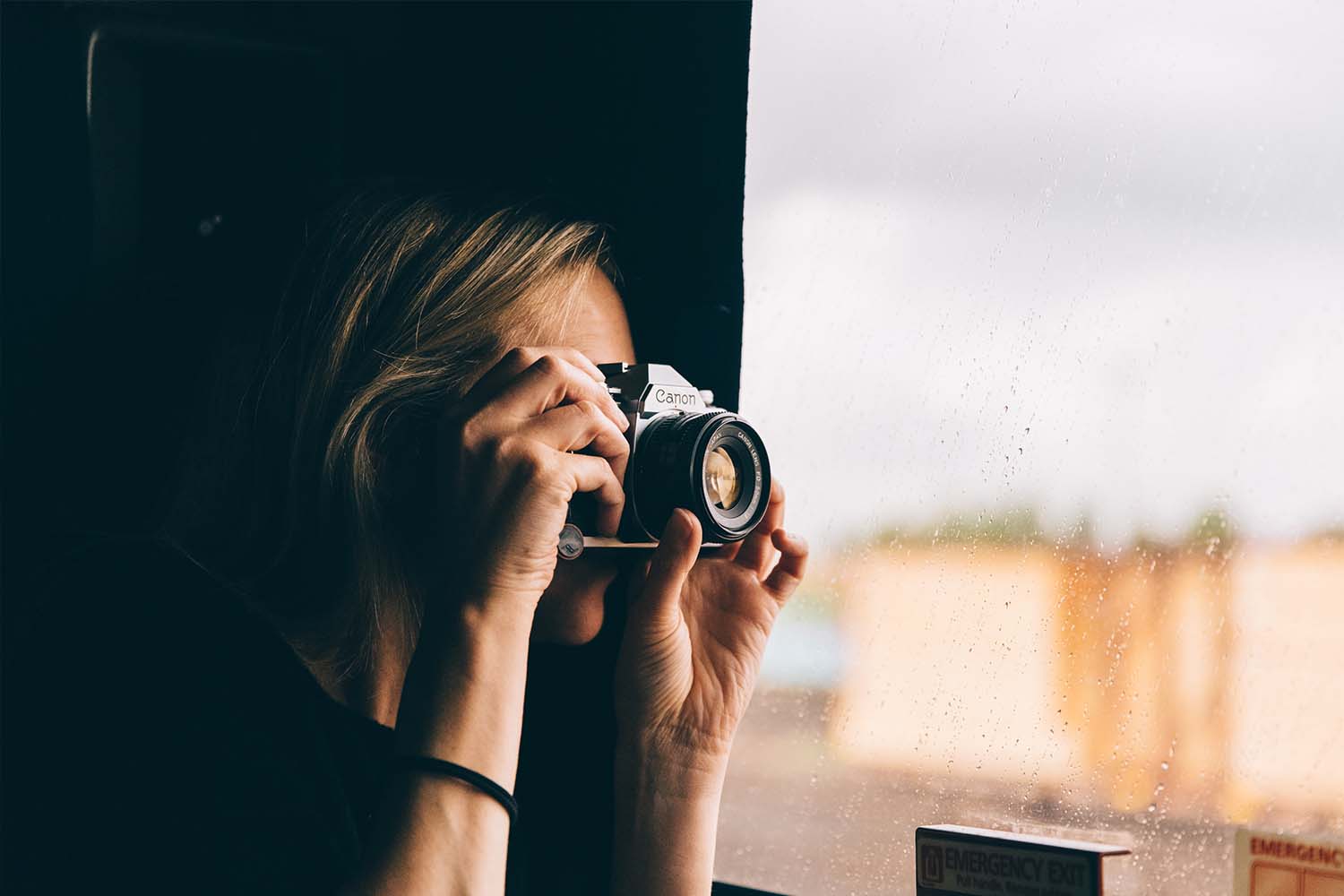
Picking the Right Bag
It may sound simple and trite, but the first piece of advice I usually give is about finding the right camera bag. Something that fits your needs, the requirements of the job, and ideally, the standards of a modern day carry-on. There is nothing worse than checking your camera gear to a dream destination, only to find a shattered lens inside (yes, it’s happened) — or even worse, a bag lost entirely.
Wells’ go-to is the 45L Travel Backpack by Peak Design, which he says maxes out the carry-on size limit while handling intense travel with versatility and comfort. Burk agrees, saying he almost exclusively uses the same backpack, with his only exception on longer backpacking trips. “If I’m going far into the backcountry, I use a bigger pack and wrap my camera gear with spare clothes or in a padded dry bag.”
Gall’s favorite is the smaller version of the same Peak Design pack, which she says is easier for her to carry and fits under airplane seats. “If I’m not traveling and just on a single day shoot, I use a leather ONA camera bag — it’s classic, rugged, lasts forever and heirloom quality.” With any bag, Burk’s biggest piece of advice is to always insure your gear, because you never know what will happen.
The Light-and-Fast Kit
The most frequent question I get from amateur shooters, especially those who speak the love language of ISO and aperture, is about the camera and lens combination I trust the most. If I’m traveling light on a one-man show, what do I bring? Does it change for locations, jobs or types of jobs?
Gall’s advice is to not overthink the brand and instead focus on the quality of the lens. “I’ve shot with all the major camera brands and what I’ve learned is that you’ll most likely end up with a great picture if you have decent glass.” On run-and-gun jobs her go-to is a Fujifilm XT5 with a 18-55mm f/2.8 lens because it is small, light and the color is incredible. Sometimes she’ll add a Yashica t4 35mm film camera for behind the scenes shots and a DJI Mini 3 Pro to complete the story from the air. “In the water, I sometimes just use a GoPro 11. GoPro has come a long way and is sharp right out of the camera.”
Wells recommends what many of us insiders call the workhorse — a Canon R5 mirrorless camera with an RF 24-70mm f2.8 lens. This pair will get you the majority of the shots that clients are looking for, and is reliable day in and day out. “In an ideal world I mix in other lenses for unique perspectives, but nothing beats the versatility and simplicity of this combo for me.”
Burk isn’t as much of a minimalist, saying “When it comes to gear, I try to bring as much as possible, within reason. I try to use every lens with me to capture the same subject, creating unique perspectives.” He often carries the holy trinity — 16-35mm, 24-70mm and 70-200mm — a 2x extender, and a 50mm prime, for compression and sharpness. He suggests the Packup App when organizing all your gear before a trip, to make sure you have everything. “It almost always catches something I’ve missed — redundancy is key.”
International Travel & Protecting Camera Gear
Shooting for commercial clients gets harder the farther you get from home. The always present balance of weight versus flexibility is magnified with complex travel, going further off the beaten path, charging batteries, weather and other elements and border crossings with different regulations. These factors play into the decisions of what gear to bring — and are often learned the hard way.
As a hard and fast rule, Wells will bring a 1510 Pelican Case when flying internationally. “It’s bomb proof, fits in overhead bins, and to be honest, I use it a lot as a stool when I’m tired. It goes everywhere with me and because of it I’ve never had an issue with keeping gear safe.” The case allows him to shoot a mixture of digital and analog cameras, as well as other tools like fill flashes and drones. “The case keeps all the gear organized, protected, and dry. I keep a silica gel pack in there too, to help with moisture.”
The little things often make a big difference sometimes. Burk suggests colored tape to hide name brands, making them look cheaper and not as eye-catching, reducing the chances your camera gear gets stolen. “For film, I always hand check at airport security. I place everything in a mesh bag and sometimes even leave a little candy as a thank you for not ruining my photos.” However, Gall says not all airports will allow you to hand check your film. As a backup for moments like this, she brings a Domke filmguard bag.
The further you go into the backcountry, the more likely you are to deal with adverse weather conditions. Gall suggests bringing just the necessities when shooting in the elements, to reduce the risk of damaging extra gear. “Salt water will destroy a camera quickly, so I keep a microfiber towel with me to immediately wipe my gear down. Anything waterproof gets a fresh water dunk as quickly as possible.”
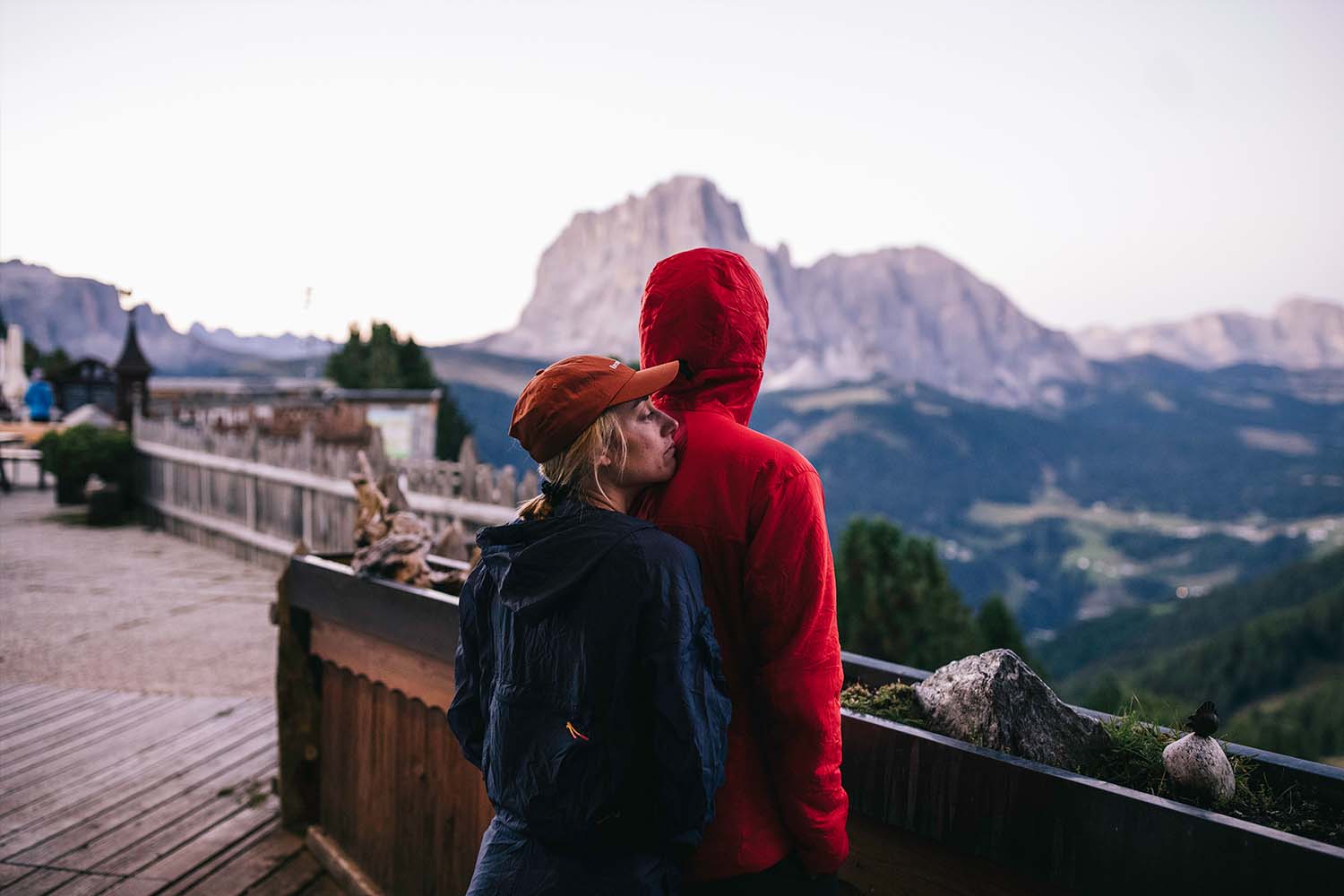
Creative Tips For Travel Photos
No matter what gear you have, the most important thing is the story you’re telling, says Burk. “I don’t think the camera brand matters as much as most amateurs think. It’s how you’re conveying what’s in front of you. Try focusing on something unique, honing in on it, and capturing it in a way that makes the viewer feel like they are right there next to you.”
To do that, Wells says, look for symmetry, movement and small gestures. “Try dragging the shutter on a passing motorcycle or wait until a bird flies into the corner of the frame. It’s those details that push beyond good composition and bring an image to life. Once you master manual control, it’s just a matter of how playful you can be.”
Even for professional photographers, it’s important to stay humble. Gall says that there are so many incredible photographers out there, it’s nearly impossible to get a “better” shot than what’s already been created. “However, no one will see something quite the same way you do, so take a moment to really look around and notice what someone else might not. Think like a writer or filmmaker and notice characters, settings, moments of humor or emotion. If all else fails, create layers in a photo by shooting through flowers or tall grasses, or shooting through windows or door frames to create some mystery.”
This article was featured in the InsideHook newsletter. Sign up now.
